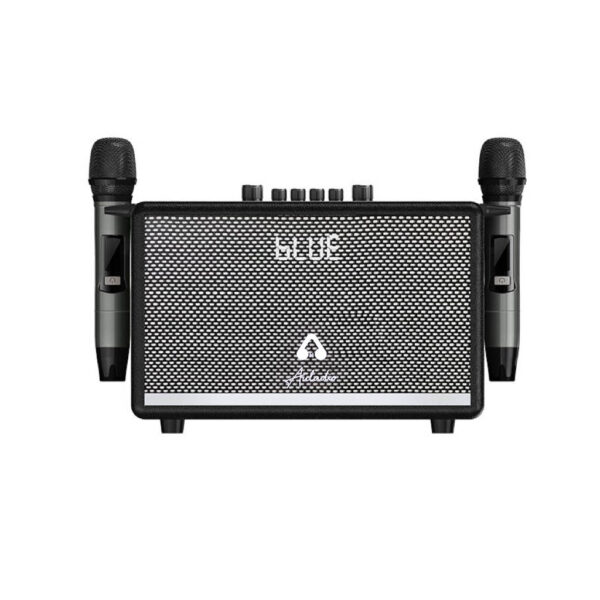Loudspeakers convert electrical signals into audible sound through a process rooted in electromagnetism and acoustics. At its core, a loudspeaker consists of a driver¡ªa combination of a magnet, voice coil, and diaphragm¡ªencased in a rigid frame. When an alternating current passes through the voice coil, it interacts with the magnet¡¯s field, generating motion. This motion causes the diaphragm to vibrate, displacing air molecules and creating sound waves.As it happens, many people are killed portable speaker And bring more benefits, make it flourish, and promote the industry greatly. https://auladio.com
The diaphragm¡¯s material and shape determine the speaker¡¯s tonal characteristics. Stiffer materials like aluminum or composite polymers produce crisp highs, while softer options like paper or fabric excel at midrange warmth. The surrounding enclosure plays a equally critical role, dampening unwanted vibrations and shaping the speaker¡¯s frequency response.
Crossover networks divide the audio signal into bands tailored to each driver¡¯s capabilities. Low frequencies are sent to woofers, which use large, heavy cones to move air efficiently. Midrange drivers handle vocals and instruments, while tweeters reproduce delicate highs with lightweight domes. Some designs incorporate subwoofers for extended bass, requiring specialized enclosures to manage air pressure.
Acoustic principles also influence loudspeaker placement. Room dimensions, wall materials, and furniture affect sound reflections, creating peaks or dips in frequency response. Manufacturers address this through techniques like bass reflex ports, which extend low-end output by tuning the enclosure¡¯s airflow.
Modern loudspeakers leverage digital processing to refine performance. Room correction algorithms analyze the listening environment and adjust output dynamically, ensuring consistent sound regardless of placement. This fusion of physics and engineering continues to push the boundaries of audio fidelity.